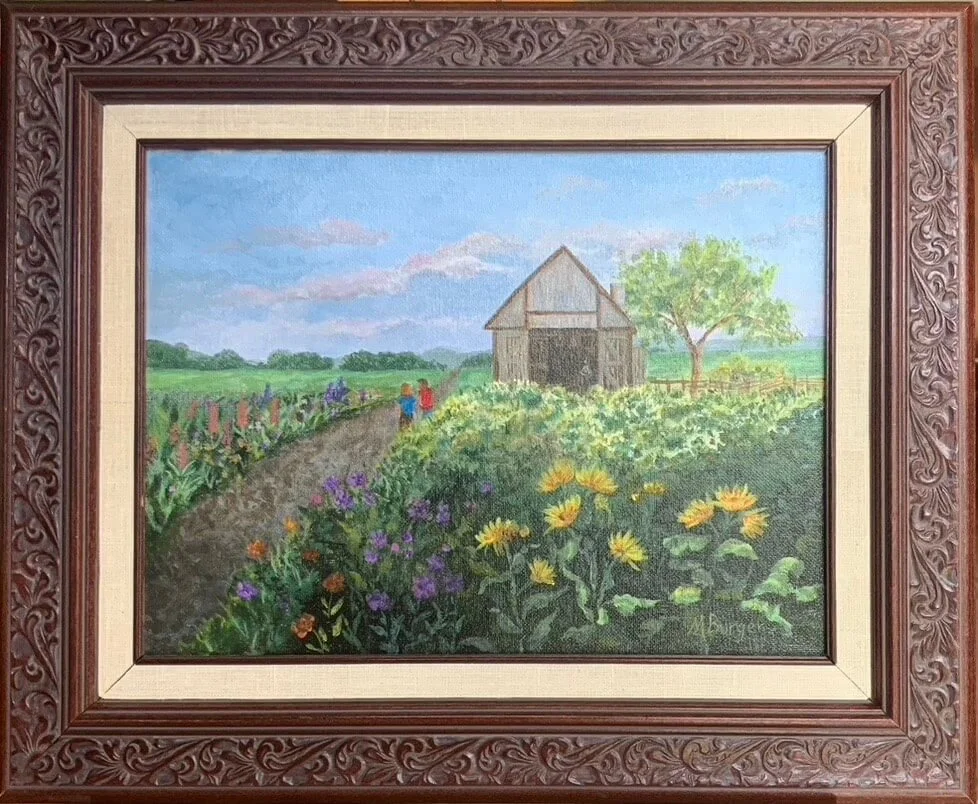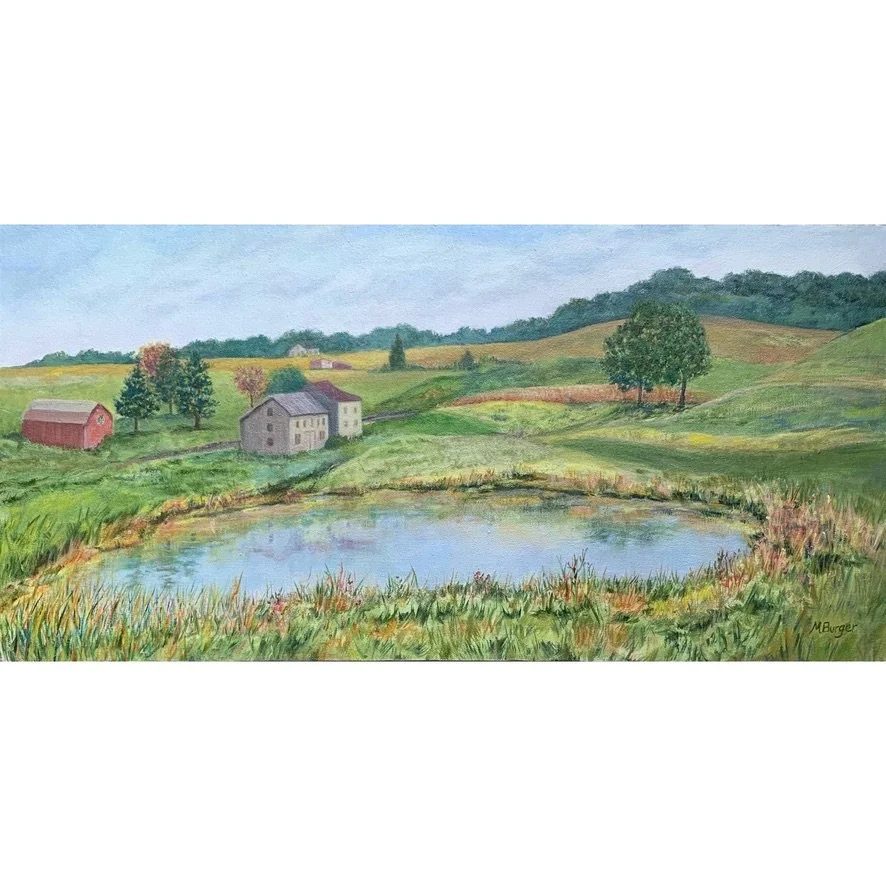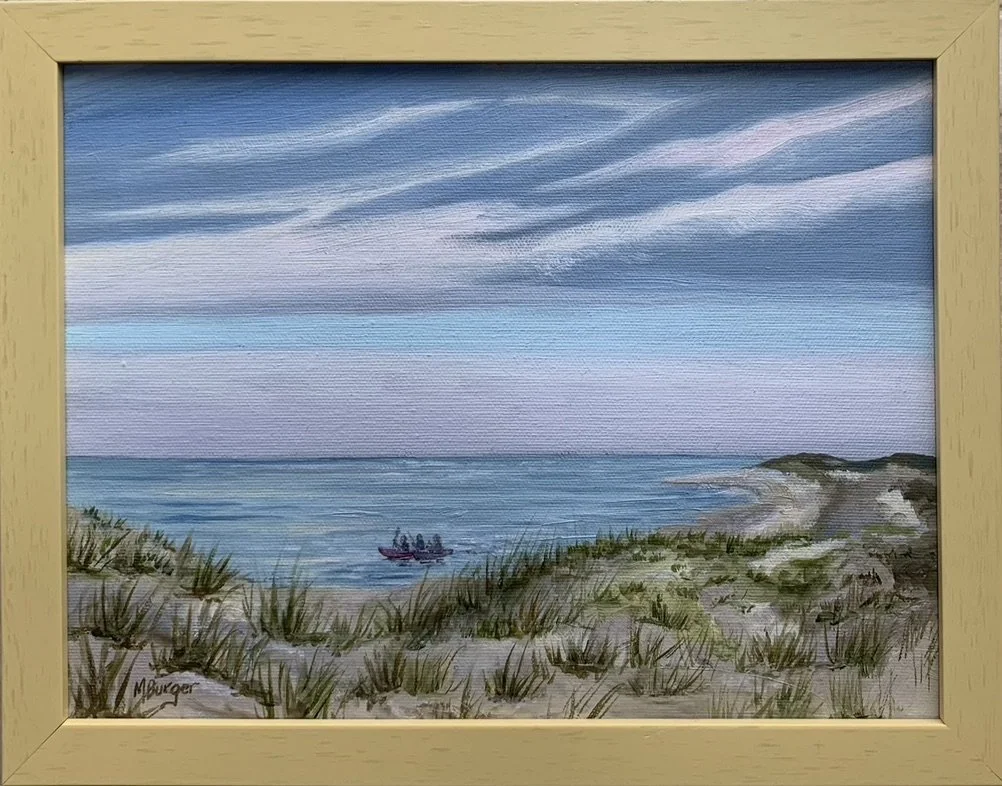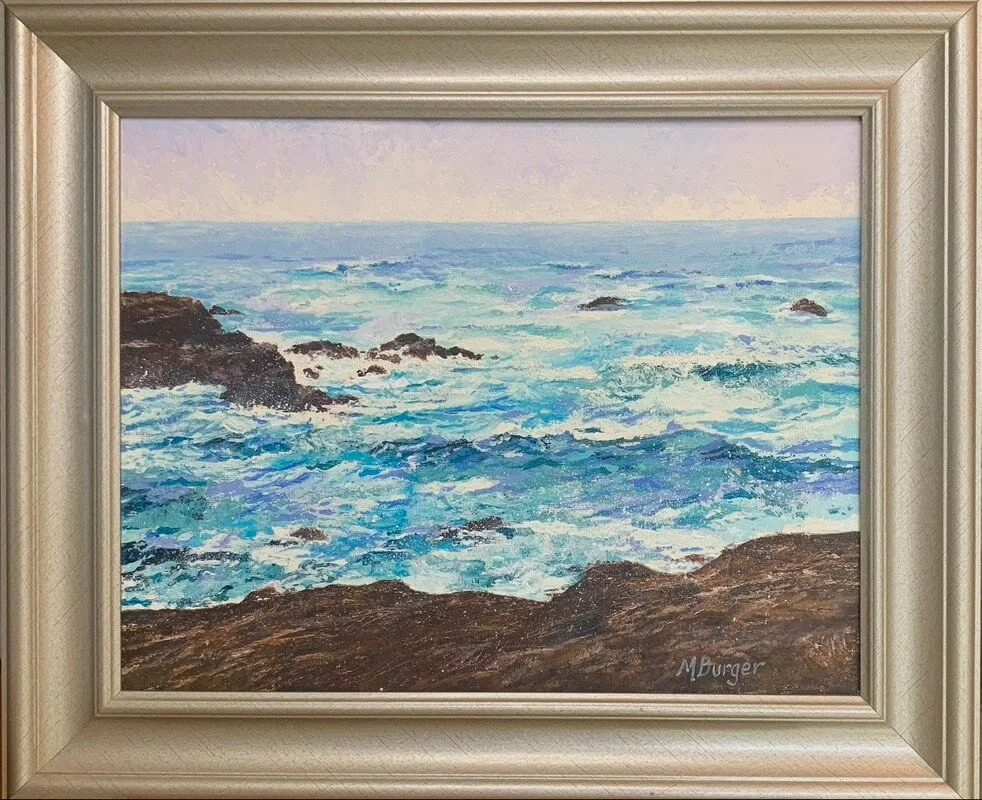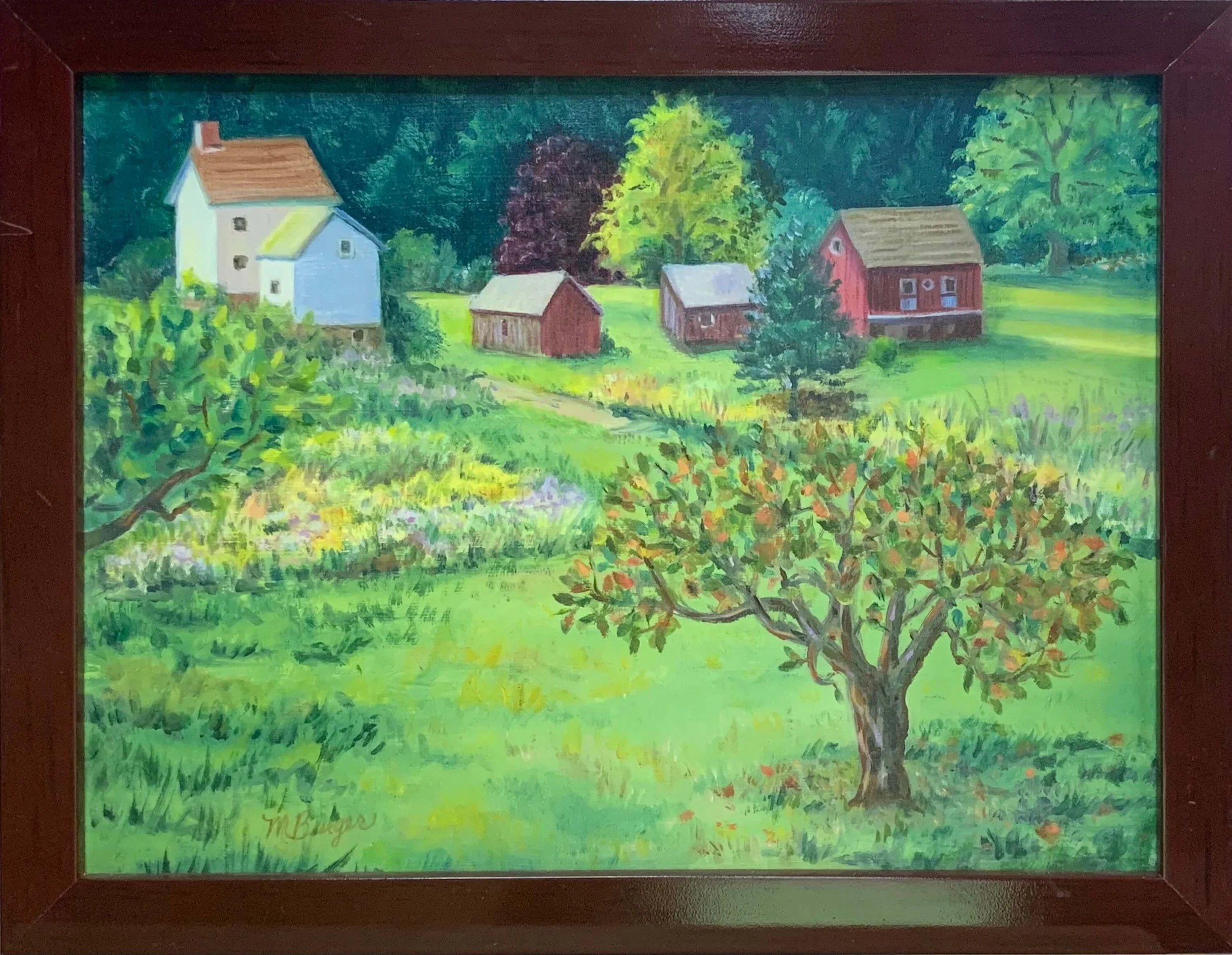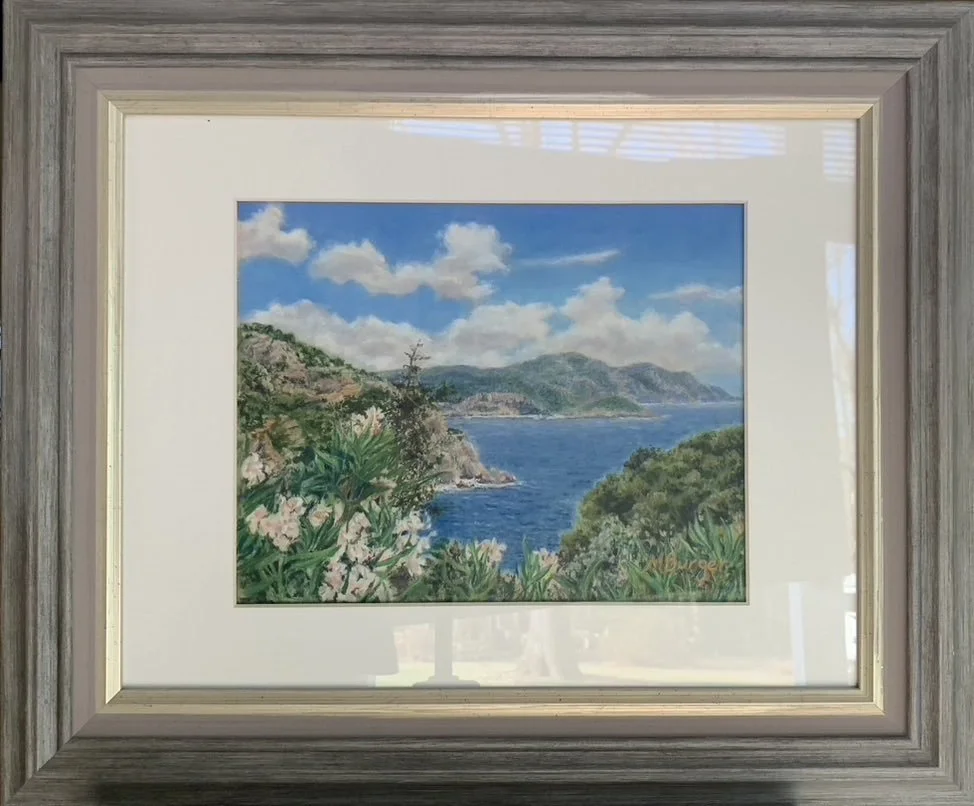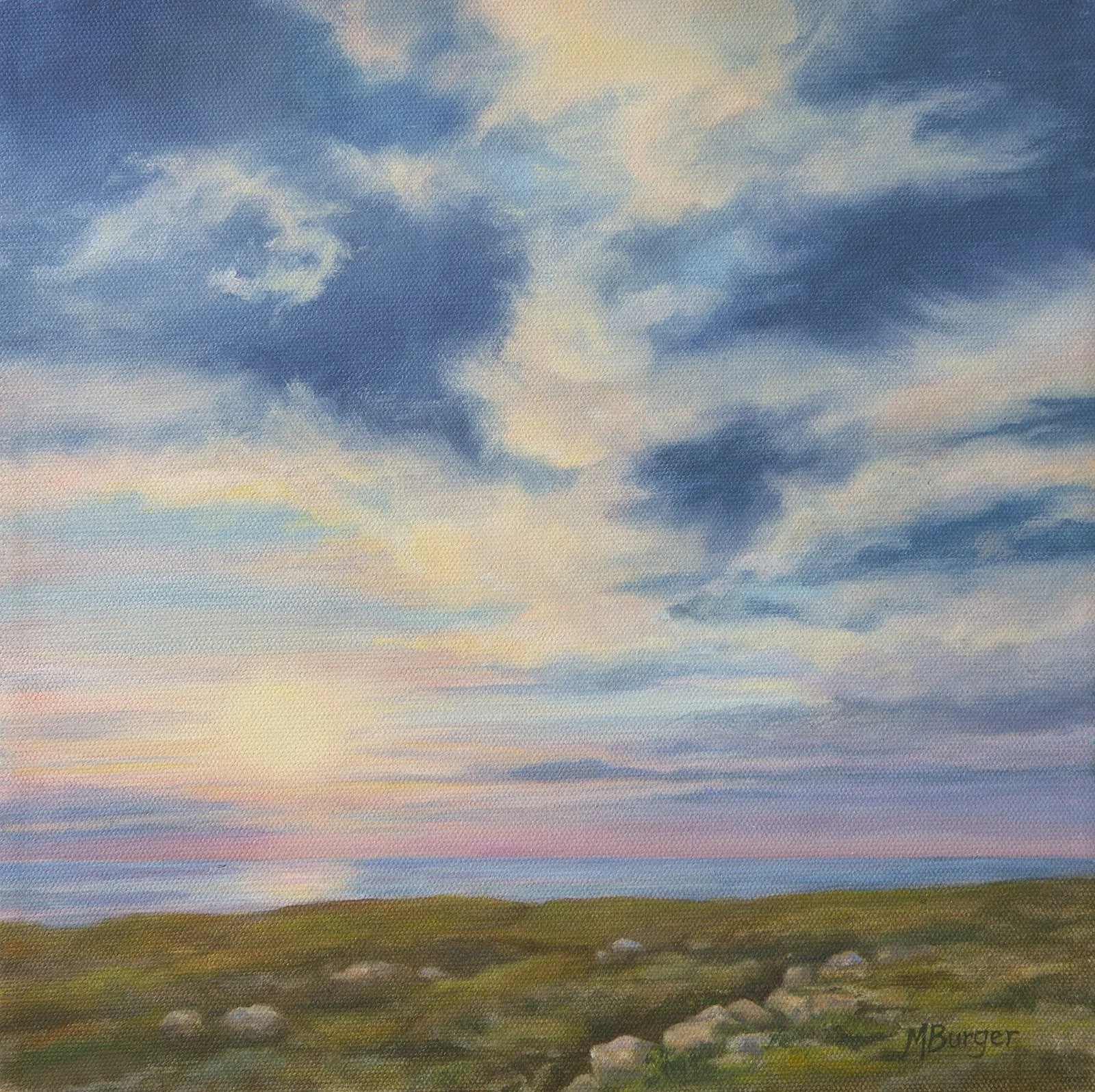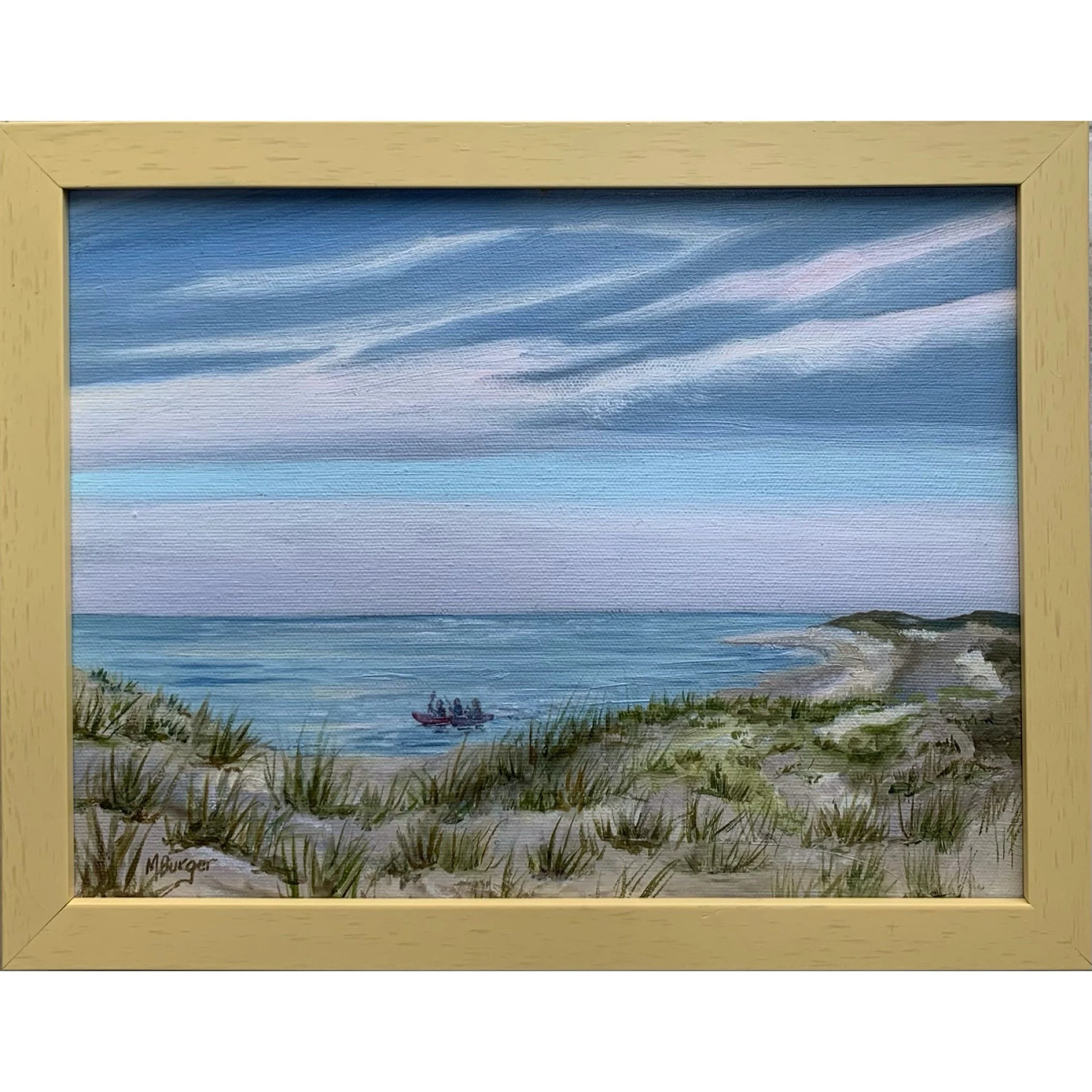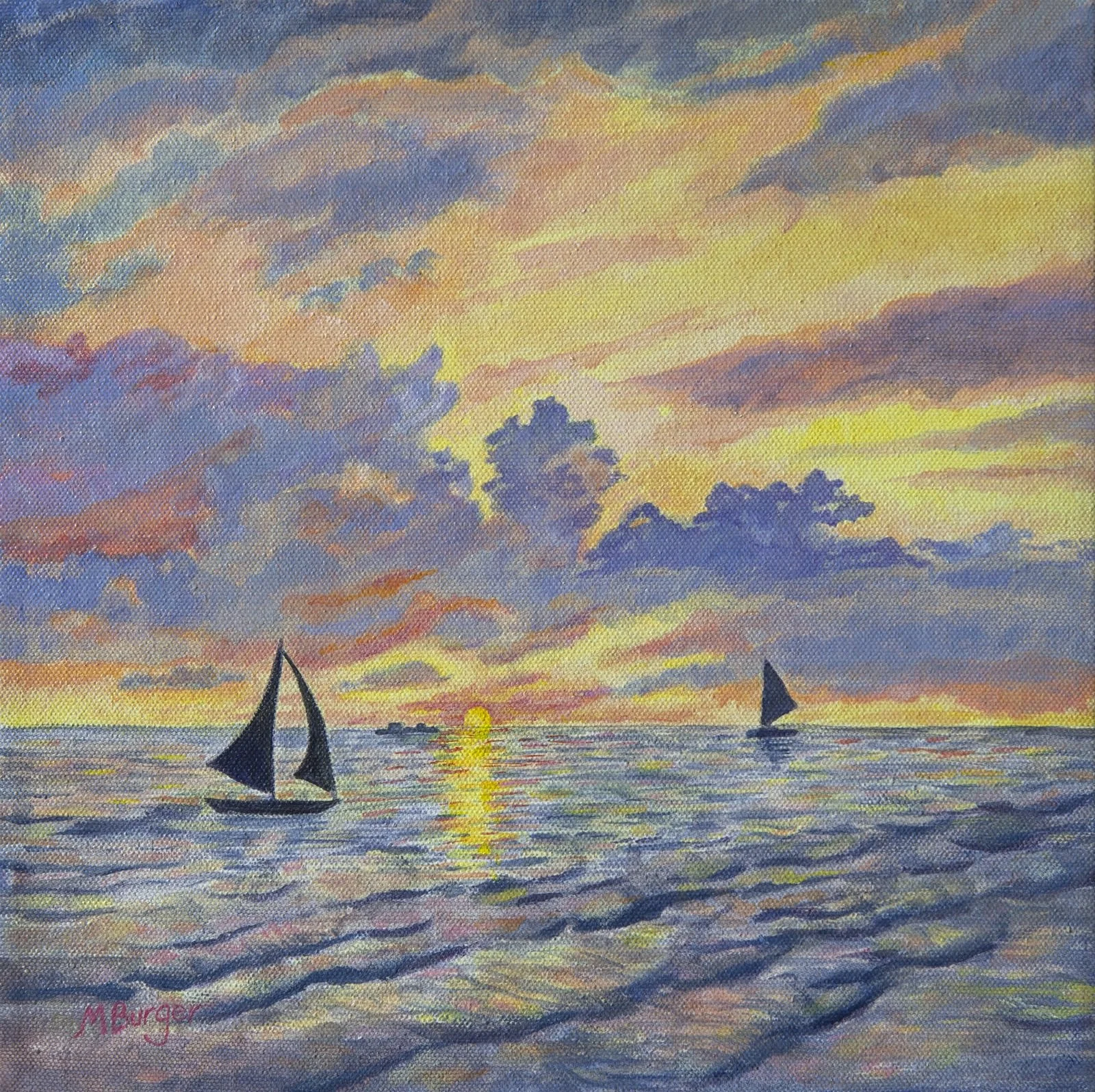10 Interesting Facts About Claude Monet
Claude Monet was one of the most famous painters of all time.
11-14 -1840 — 12-5-1926
Monet’s beautiful gardens at Giverny. I was able to travel to France this year and loved seeing Giverny and Monet’s paintings at museums in Paris, and much more!
You are most likely familiar with Impressionist artists, who were concerned with portraying the colors, changing light conditions, and reflections at all hours of the day and in different weather. During the years they were working, it was the first time a large number of canvases were painted outside or “en plein air.”* Monet and the other Impressionist artists considered the natural light outside to be best for painting the landscape and exploring how light and shadow interacted and were affected by varying conditions.
Monet’s full name was Oscar Claude Monet.
In his youth, Monet was known for his charcoal caricatures. By the age of 15, Monet was selling these drawings for 10-20 francs, signing them O. Monet or Oscar.
The term “Impressionism” was derived from the title of his painting Impression, soleil levant (Impression Sunrise), exhibited in 1874. The name was meant to be insulting by the critic Louis Leroy; he never would have imagined that we are using the style name 150 years later. Leroy had referred to the painting as “Impressionistic”, stating that, “ Wallpaper in its embryonic state is more labored than this seascape!” ***
Below is a detail of one of the oversized waterlily paintings at the Orangerie Museum.
4. Monet actually designed the Japanes-style water garden that he painted! In 1883 Monet began work in Giverny, near Paris. In 1893 he bought the land in front of his home and created a water garden. He built a huge pond using a stream that ran through his property, filled the pond with water lilies, and had a footbridge built over the pond. I would love to have a space like this to paint outdoors. He added willow trees, shrubs, and a glass-walled studio in which he had an easel on wheels. His final series, “The Water Lilies” was painted here. produced numerous series of paintings as he examined the effects of the time of day, seasons, weather conditions, and the effects of atmosphere on light and color. Monet painted over 250 Water Lilies in the last decades of his life, over 40 of which were large format. He is also known for his other landscapes, the Rouen Cathedral, the Haystacks series, sunrise, sunset, sea, and river paintings.
Find me in the photo below at Monet’s water lily pond gardens at Giverny.
5. Some of his art was influenced by Japanese artists Hiroshima and Hokusai, and ukiyo-e Japanese woodblock prints, many of which are still on view at his Giverney home. His later series, the Water Lilies have clear parallels with Japanese art. {Monet. Nature into Art. John House. p.58. Yale University Press. 1986}
6. Monet had financial hardships. He was penniless when Camille Doncieux gave birth to their first child, and his finances were very uncertain for many years.**
7. Struggling, living in poverty, and frustrated with the French establishment, Monet attempted suicide in 1868 by jumping off a bridge into the Seine River shortly after the birth of his first son, Jean.
8. Monet destroyed many of his paintings because he was dissatisfied. In the 1860’s “e`tudes were typically studies for larger works, but Monet sometimes worked on these and they became works in their own right. The art dealer, Paul Durand-Ruel told a story, “Before beginning his series, he made each a good seventy e`tudes before finding its definitive form, e`tudes which he all destroyed.” There are many accounts of Monet destroying incomplete paintings that he was dissatisfied with. Rarely do we have any idea of what these paintings looked like, for Monet had burned them. “ In 1907, when deferring his exhibition of Water Lilies, he told Durand-Ruel that he had destroyed ‘at least thirty of them, to my great satisfaction’ and added: ‘You remind me, it is true, that I have sold one of these canvases to Mr. Sutton. I’m the first to regret this, because if I still had it, I should destroy it…” The majority of canvases that Monet destroyed were probably versions of a subject that went wrong in some way and were left incomplete. However, this way of working, re-working and doing many similar paintings was part of the process of formulating and completing the paintings.
9. Monet designed a special room for his Water Lilies series.
10. He gave the first two panels to the French State through his friend Georges Clemenceau on the day after the Armistice of November 11, 1918, as a symbol of peace. The WaterLilies were installed at the Orangerie Museum in 1927 a few months after his death.
Resources:
Google Arts and Culture. 6 Things You Never Knew About Claude Monet
*7 Famous Impressionist Artists and Paintings. By Artst.org
**Monet. Nature into Art. John House. p.58.Yale University Press. 1986
Impressionist & Modern Art Feb 5, 2019. 21 Facts About Claude Monet by Zoë Vanderweide
I used pastels to create this water lily painting. You can view it and shop on my website here:
Floral & Botanical Art
I will be creating new series of works; the subject of one of these series will be "reflections. I am so excited to explore some ideas that I have for new creations!
My wish is for my art to bring you some pleasure and enjoyment. You can view a variety of paintings and mixed media art on my website, which is divided into categories to aid in viewing or finding what you are interested in. Feel free to ask me any questions.











